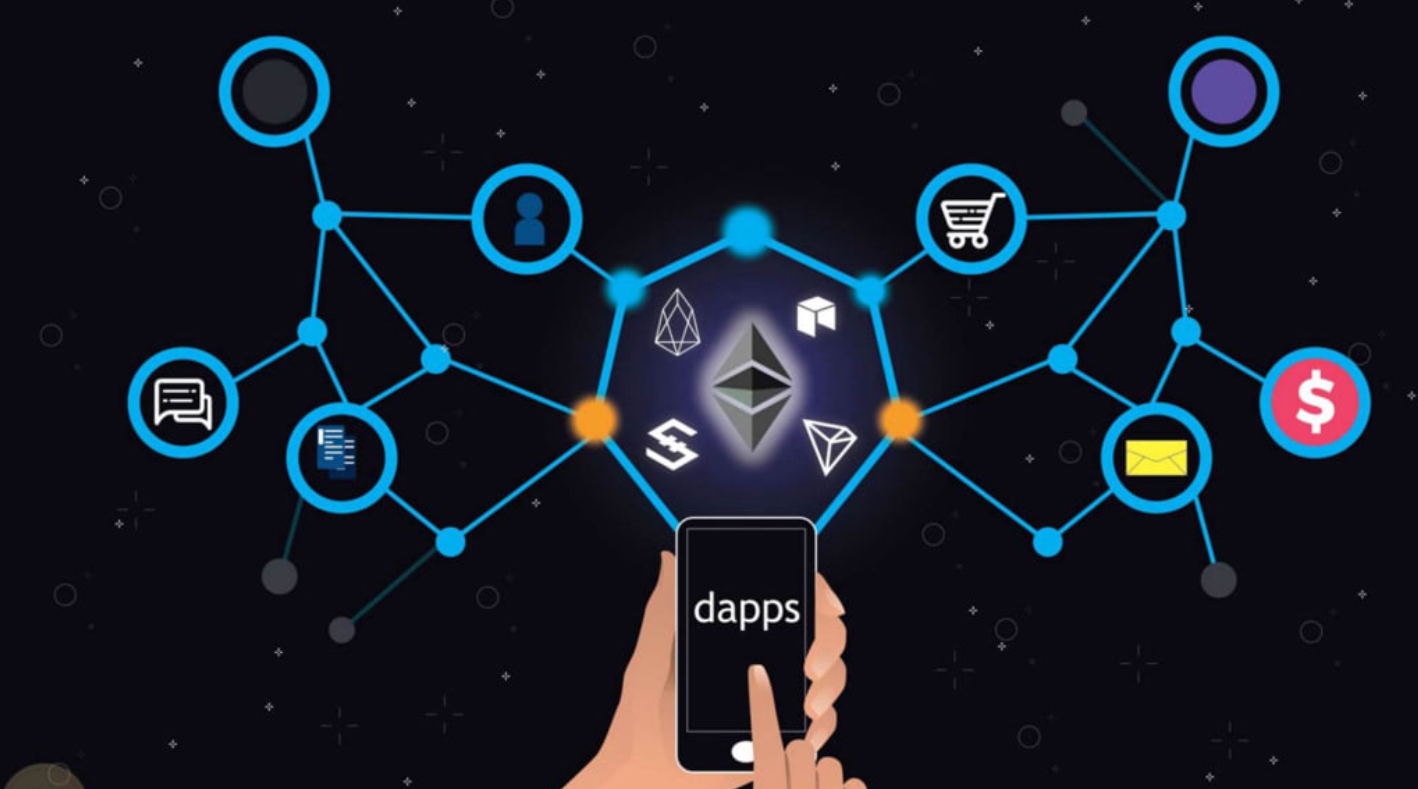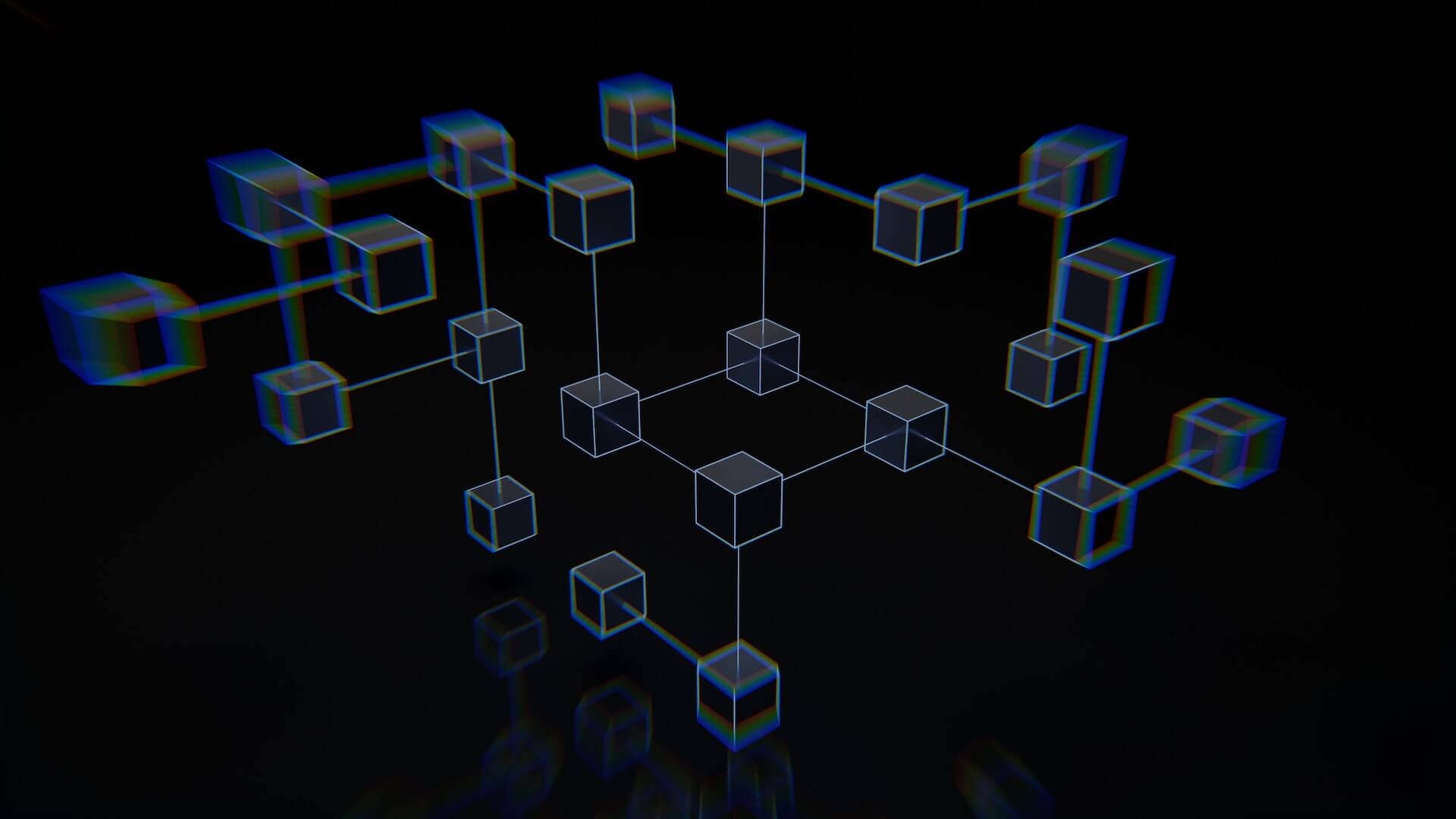Decentralized Beginnings: Essential Tools for dApp Builders🚀
 Sanika Jhanwar
Sanika Jhanwar
The world of blockchain and decentralized applications (dApps) is rapidly evolving, offering opportunities to create transparent, secure, and decentralized solutions. Whether you're a seasoned developer or just starting, building your first dApp can be a rewarding yet challenging journey. In this guide, we'll explore the essential tools and frameworks you'll need to successfully create your first dApp.
Understanding dApps🧠
Before diving into the technical aspects, it's crucial to grasp the concept of dApps. Decentralized apps, or dApps, are revolutionizing the way we interact with technology. Unlike traditional apps that rely on centralized servers, dApps operate on a decentralized network, often a blockchain. This means they aren't controlled by a single entity, making them resistant to censorship and downtime.
1. Blockchain Platforms🌐

Before anything, you'll need to choose the blockchain on which your dApp will run. The most popular choices include:
Ethereum: The most widely used blockchain for dApp development. Ethereum offers a robust ecosystem with extensive documentation and tools. (OG of blockchains, it's like the iPhone of dApps 📱)
Binance Smart Chain (BSC): A more cost-effective and faster alternative to Ethereum, with compatibility for Ethereum tools. (like the Android of blockchains, faster and cheaper 🤖)
Solana: Known for its high throughput and low transaction fees, making it a strong contender for dApps requiring scalability.(ike the up-and-coming tech star 🌟)
Polygon (Matic): A Layer 2 scaling solution for Ethereum, providing faster and cheaper transactions while leveraging Ethereum's security.(like Ethereum's speedy assistant 🏎)
Key Consideration: Your choice of blockchain should depend on the specific needs of your dApp, such as speed, transaction costs, and user base.
2. Smart Contract Languages🛠
Smart contracts are the backbone of any dApp, handling the business logic on the blockchain. They are like digital agreements that automatically execute when certain conditions are met. They're written in special programming languages. The four most prominent languages for writing smart contracts are:
Solidity: The go-to language for Ethereum and compatible blockchains. It’s relatively easy to learn for developers familiar with JavaScript.
Rust: Used primarily for Solana, Rust is known for its performance and safety features, though it has a steeper learning curve compared to Solidity.
Vyper: Another popular choice for Ethereum, offering a more Python-like syntax and aiming for increased security.
Move: Developed by Meta (formerly Facebook), Move is designed for security and flexibility, often used in platforms like Diem (now Aptos).
Key Consideration: Solidity is more mature and has a larger developer community, which could be advantageous for beginners. Selecting the right smart contract language hinges on factors such as blockchain compatibility, developer expertise, security, performance, and community support. Align the language with your dApp's specific requirements and complexity for optimal results.
3. Integrated Development Environments (IDEs)💻

An IDE is essential for writing, testing, and deploying smart contracts. IDEs typically include a code editor, compiler or interpreter, debugger, and build automation tools, all integrated into a single interface. Some popular options include:
Remix: A web-based IDE specifically designed for Ethereum smart contracts. It’s user-friendly and comes with a built-in Solidity compiler, debugger, and deployment tools.
Hardhat: A development environment for Ethereum that allows you to compile, test, deploy, and debug your dApp. It integrates well with other tools like Ethers.js.
Truffle: Another popular framework for Ethereum, offering a suite of tools for smart contract development and testing. Truffle also has built-in support for Ganache, a personal blockchain for local development.
Visual Studio Code: A versatile code editor with a vast array of extensions, including those for Solidity and blockchain development.
IntelliJ IDEA: A powerful IDE that offers advanced features like code completion, debugging, and refactoring. It supports multiple languages, including Solidity.
Key Consideration: Remix is great for beginners, while Hardhat and Truffle are more powerful for complex projects. VS Code is versatile with extensions, while IntelliJ IDEA offers advanced features.
4. Wallets👜

A blockchain wallet is like a digital purse for your cryptocurrency. It doesn't actually hold your coins, but it stores the keys you need to access them on the blockchain. Think of it as a secure way to manage your digital money. You can send, receive, and store different types of cryptocurrency in your wallet. Key options include:
MetaMask: The most popular Ethereum wallet, available as a browser extension and mobile app. It supports Ethereum and other EVM-compatible blockchains.
Phantom: A user-friendly wallet designed for Solana. It has features tailored for Solana's ecosystem, including staking and NFT management.
Trust Wallet: A mobile wallet that supports a wide range of blockchains and tokens. It’s open-source and offers a simple UI.
Key Consideration: MetaMask is almost essential for Ethereum dApp development due to its wide adoption and integration with most Ethereum-based tools.
5. Decentralized Storage🗄
![]()
Decentralized storage is crucial for ensuring that your dApp remains fully decentralized. Some popular decentralized storage solutions include:
IPFS (InterPlanetary File System): A peer-to-peer protocol that allows you to store and share files in a decentralized manner. It’s often used in conjunction with Ethereum smart contracts. It keeps your dApp's data safe and accessible by distributing it across multiple computers instead of relying on a single server. (https://en.wikipedia.org/wiki/InterPlanetary_File_System#:~:text=6%20External%20links-,Design,distributed%20file%20storage%20and%20sharing.)
Arweave: A decentralized storage network that focuses on permanent data storage. It’s a great choice if you need long-term data availability. (https://zerocap.com/insights/research-lab/decentralised-data-storage-arweave/#:~:text=and%20earning%20rewards.-,How%20does%20Arweave%20achieve%20data%20permanence%3F,AR)%20tokens%20for%20permanent%20storage%20tokens%20for%20permanent%20storage).)
Filecoin: Built on top of IPFS, Filecoin provides an incentive layer that allows users to rent out unused storage space, making it a fully decentralized storage market.
Key Consideration: IPFS is the most widely used for dApp storage, particularly for static assets like images and documents.
6. Frontend Development🎨

The frontend of your dApp is what users interact with. It connects to the blockchain through Web3.js or Ethers.js, both of which are libraries for interacting with Ethereum nodes.
Web3.js: The most popular JavaScript library for interacting with Ethereum. It’s been around for a while and is well-supported.
Ethers.js: A more modern alternative to Web3.js. It’s smaller, faster, and easier to use, making it a preferred choice for many developers.
Key Consideration: Ethers.js is often preferred for new projects due to its simplicity and performance, but Web3.js remains widely used and supported.
7. Testing Frameworks🔍

Testing is crucial to ensure the reliability and security of your smart contracts. Some widely used testing frameworks include:
Mocha and Chai: These JavaScript testing frameworks are often used in conjunction with Hardhat or Truffle. They allow you to write and run tests for your smart contracts.
Ganache: A personal Ethereum blockchain that you can use to test your smart contracts in a safe and controlled environment.
Truffle: This development framework includes a testing suite for writing and executing tests for smart contracts.
OpenZeppelin: Offers security audits and testing tools specifically designed for smart contracts.
Key Consideration: Ensure you rigorously test your smart contracts to avoid vulnerabilities that could lead to loss of funds or data.
8. Oracles🔗

Oracles are services that provide external data to smart contracts. Since blockchains cannot access data outside their network, oracles are essential for dApps that require real-world data, such as price feeds. Oracles bridge this gap of blockchain world and the real world by feeding real-world data (like stock prices, weather, or sports scores) into smart contracts.
Chainlink: The most popular and widely adopted oracle service in the blockchain space. It’s highly secure and reliable.
Band Protocol: A cross-chain data oracle platform that aggregates and connects real-world data to smart contracts.
Oraclize: Another popular choice, providing data feeds, random number generation, and API integration services.
Key Consideration: Oracles are critical for dApps that need to interact with real-world data, such as DeFi applications.
9. Deployment Tools🚀

Deploying your dApp requires more than just writing code. You'll need tools to manage the deployment process and ensure your dApp is running smoothly. They are essential for moving your dApp from the development environment to a live blockchain network. These tools automate many of the complex processes involved in deploying smart contracts and frontend applications.
Infura: A service that provides Ethereum nodes as a service, allowing you to connect your dApp to the Ethereum network without running your own nodes.
Alchemy: Similar to Infura, Alchemy provides powerful infrastructure and tools for Ethereum development, including monitoring and analytics.
Geth: A command-line interface for running Ethereum nodes. It’s a bit more hands-on but gives you complete control over your nodes.
Truffle: Offers a suite of tools for deploying smart contracts to various Ethereum networks. It handles compilation, migration, and deployment efficiently.
Hardhat: Provides a development environment with built-in deployment capabilities, allowing you to deploy contracts to different networks with ease.
Embark: A full-stack framework that simplifies the deployment process for both frontend and backend components of a dApp.
Key Consideration: Services like Infura and Alchemy simplify the process of connecting to the Ethereum network, especially for those who don’t want to manage their own nodes. When choosing a deployment tool include the complexity of your dApp, the supported blockchain networks, and the level of automation required.
10. Analytics and Monitoring📊

Once your dApp is live, monitoring its performance and usage is crucial for ongoing maintenance and improvement.
Dune Analytics: A community-driven platform that allows you to query Ethereum data and create dashboards to monitor your dApp’s performance.
The Graph: A decentralized protocol for querying blockchain data. It allows you to create and publish open APIs called subgraphs that applications can query.
Key Consideration: Regular monitoring can help you quickly identify issues and optimize your dApp for better performance.
Conclusion🎉
![]()
Building a dApp can be an exciting journey, but it requires the right set of tools to succeed. From choosing the right blockchain to deploying your dApp, each tool plays a crucial role in ensuring your project runs smoothly. Whether you’re creating a simple decentralized finance (DeFi) application or a complex blockchain-based game, the tools listed above will provide a strong foundation for your development process.
As you embark on your dApp development adventure, remember that the dApp community is here to support you. Don't hesitate to leverage online resources, tutorials, and forums to learn from experienced developers and build upon your knowledge.
This guide serves as a starting point. As you delve deeper into the world of dApps, you'll discover a vast array of tools, libraries, and frameworks waiting to be explored. With dedication and a thirst for knowledge, you can become an active contributor to the exciting world of decentralized applications.
Happy coding!!!
Follow and keep on reading my blogs for more such information.🚀
Subscribe to my newsletter
Read articles from Sanika Jhanwar directly inside your inbox. Subscribe to the newsletter, and don't miss out.
Written by
